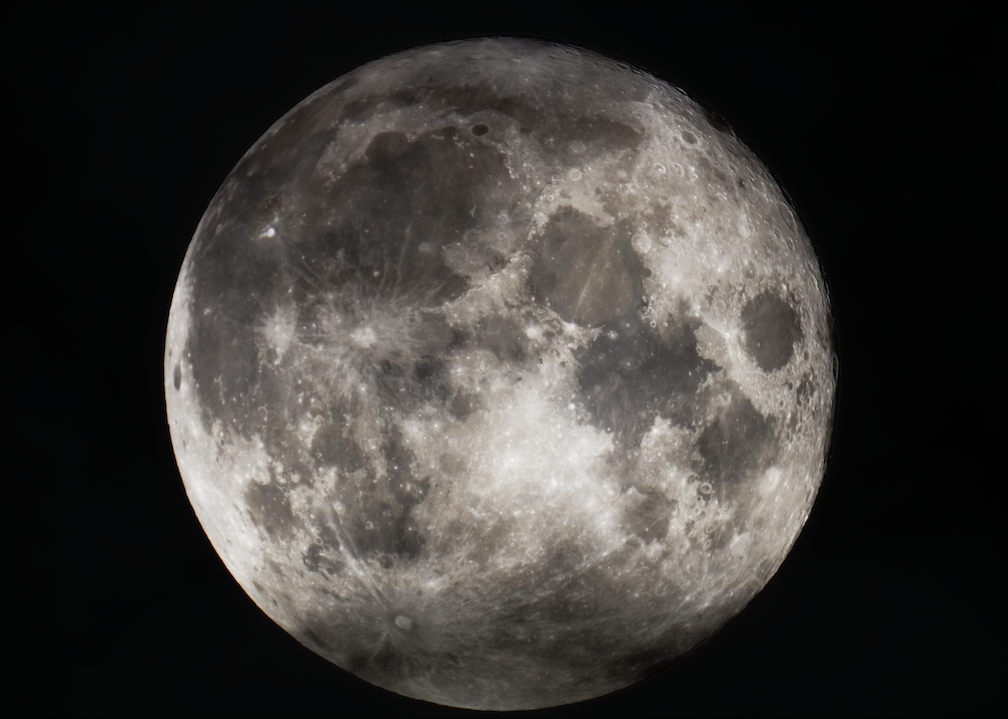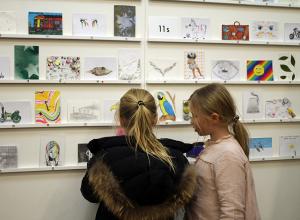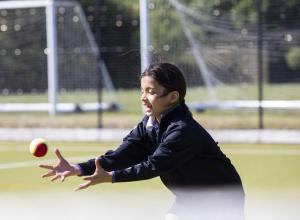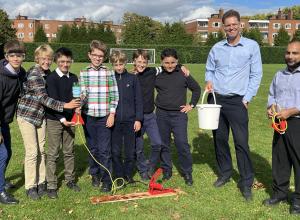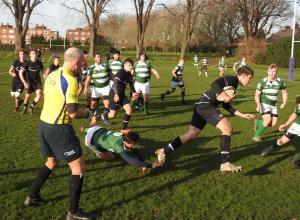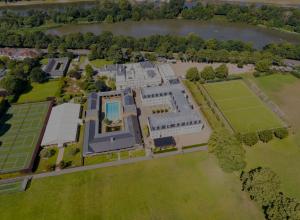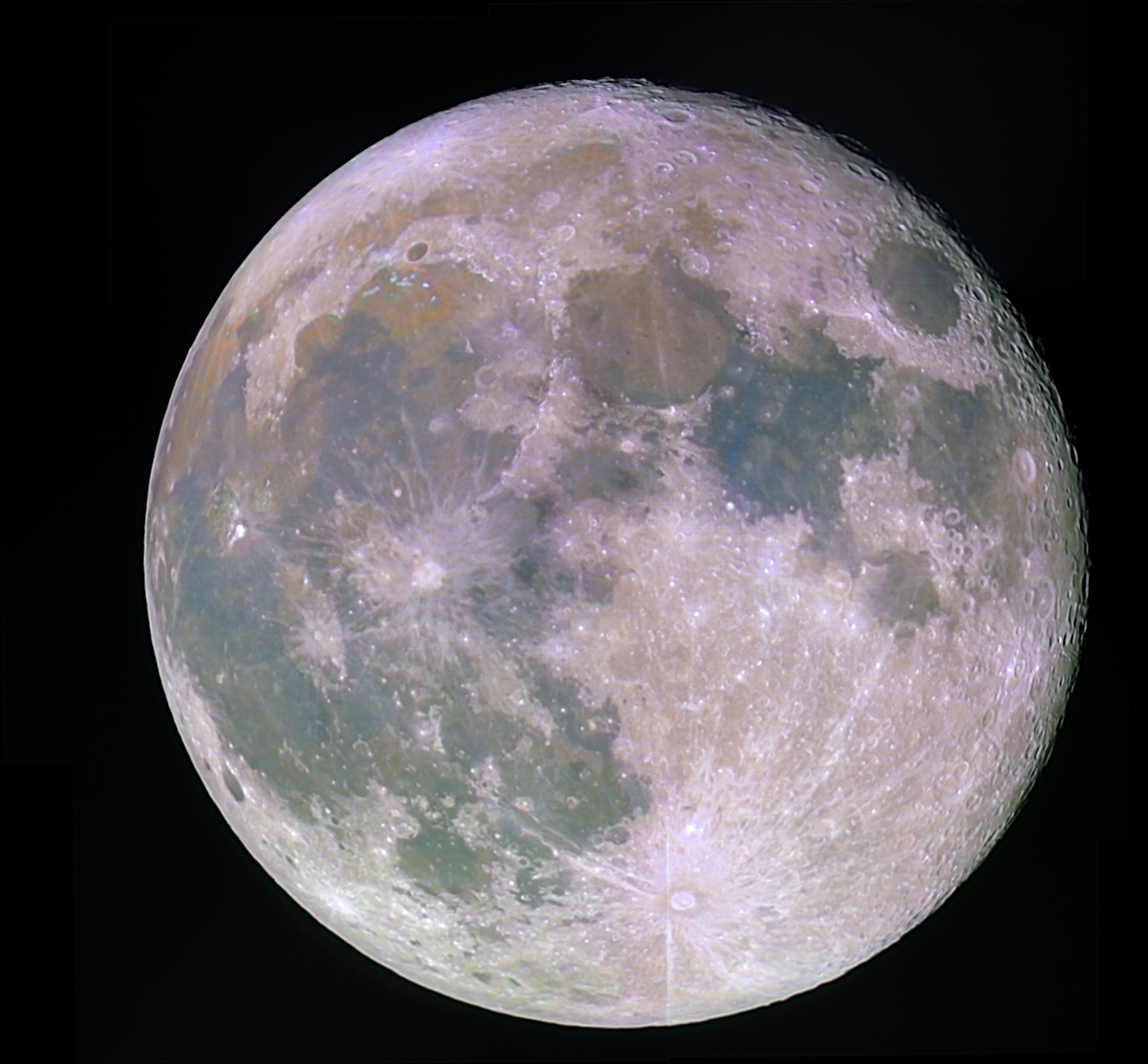
First-year sixth-former and budding astronomer, Flavio, held Senior School pupils and teachers spellbound last week with a gripping Senior Assembly presentation of his own photographs of the moon, planets in our solar system and distant star clusters and nebulae.
Flavio has been fascinated by space travel since the age of three but his interest in 'shooting the stars' only surfaced during lockdown. 'I was looking at Jupiter through an old telescope and started wondering how people captured the best images of the planets and stars,' he says.
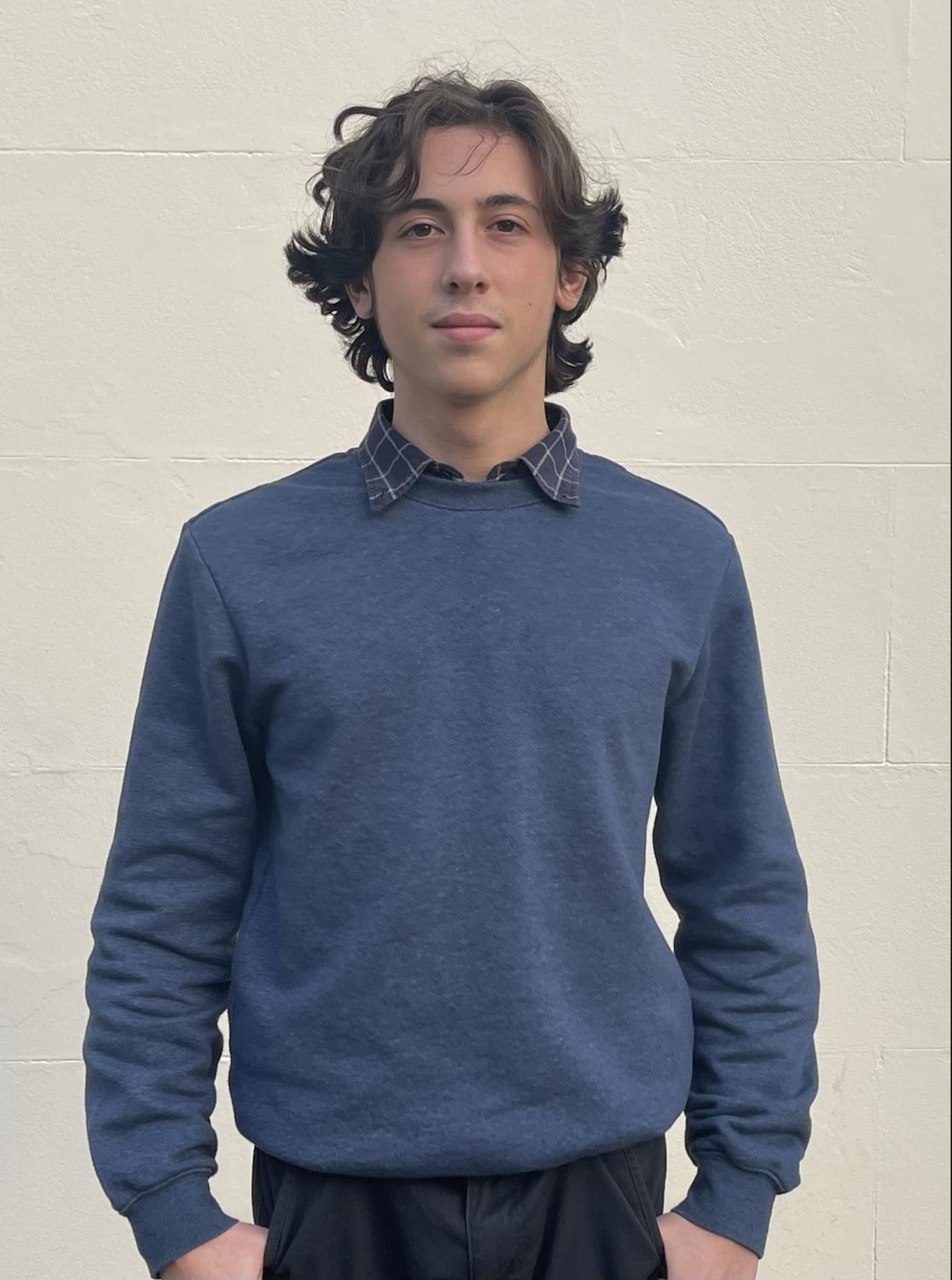
Looking at the Milky Way through a telescope makes you realise that 'space' is a misnomer. It isn't a void up there. In fact, it's full of stars and galaxies wherever you turn the telescope
Flavio, Harrodian Sixth Former
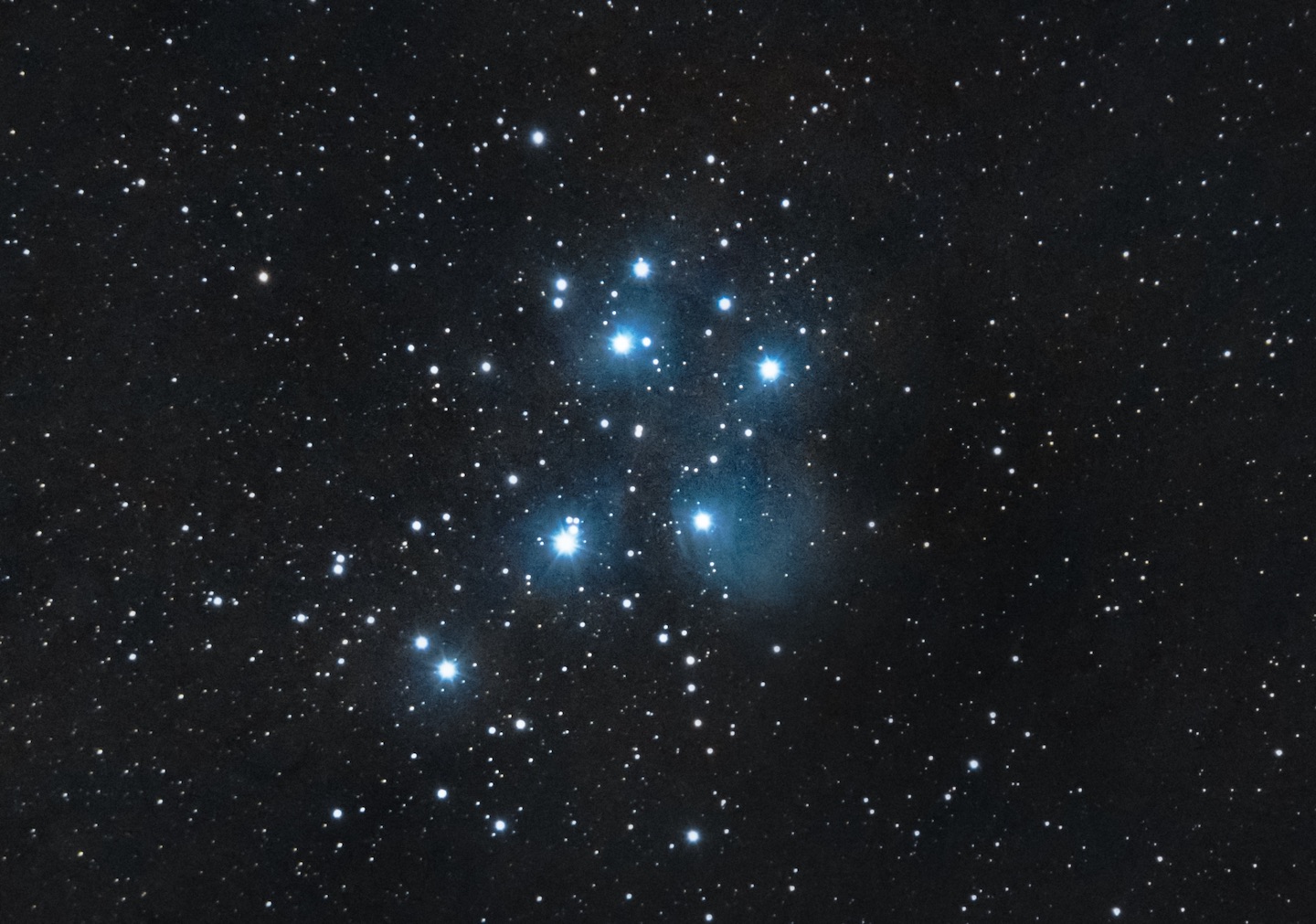
Flavio purchased a powerful Maksutov Cassegrains telescope – known as a 'Mak' to astronomers – and has gradually been honing his astrophotographic skills over the past year. Gazing upward has, he says, turned his vision of space upside down. 'Looking at the Milky Way through a telescope makes you realise that 'space' is a misnomer. It isn't a void up there. In fact, it's full of stars and galaxies wherever you turn the telescope.'
So how far can you see with a Mak? 'It's not really how far you can see with your telescope that matters but how far back in time,' Flavio points out. 'The light you see when you look at Orion through a telescope left that constellation 4200 years ago but it is so distant that the light is only arriving here now. A really powerful telescope like the Hubble can see so far out into the universe that the objects it captures are shown as they were billions of years ago, very close to the time the universe was created.'
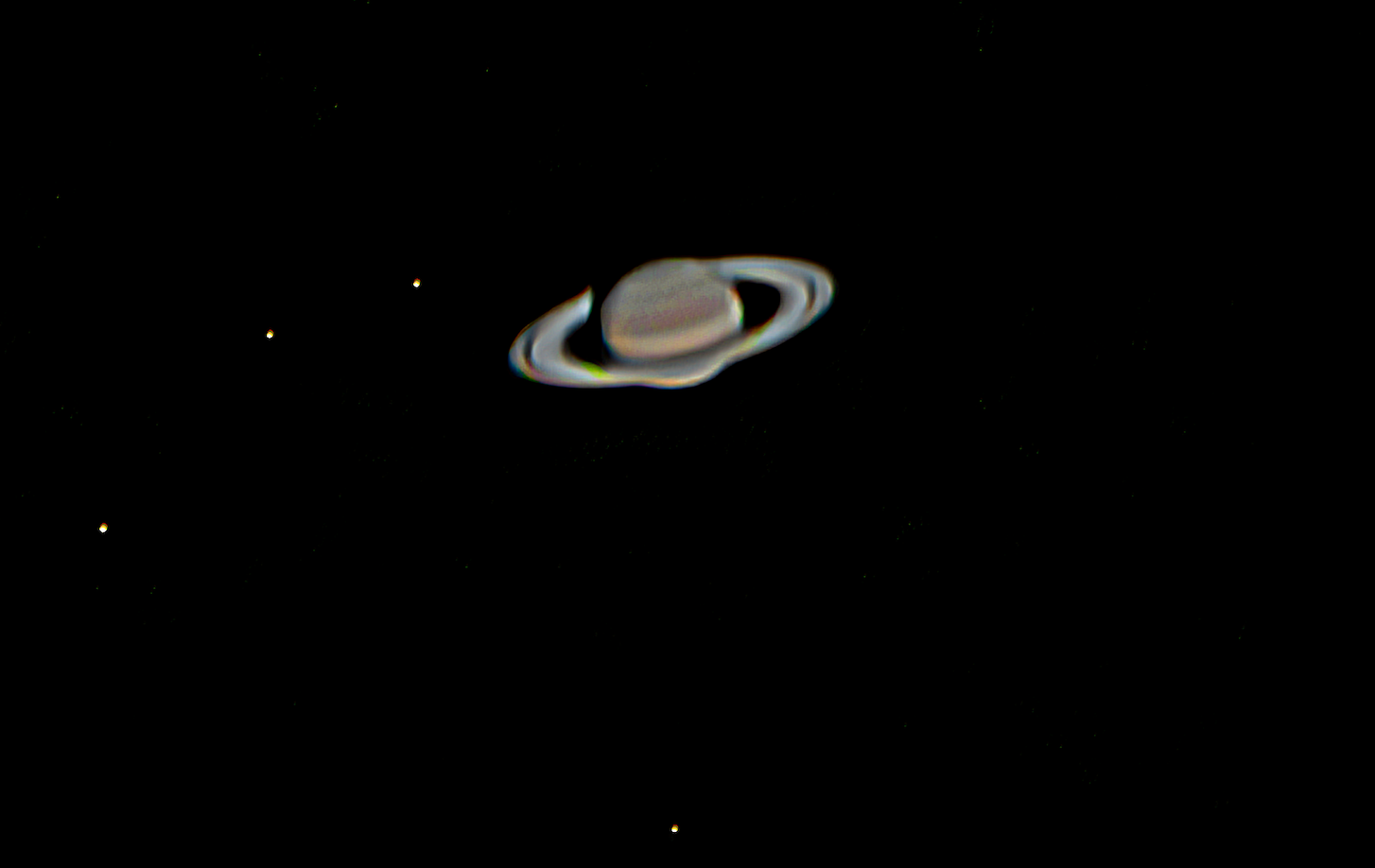
It's not really how far you can see with your telescope that matters but how far back in time. The light you see when you look at Orion through a telescope left that constellation 4200 years ago but Orion is so distant that it's only arriving here now
Flavio, Harrodian Sixth-Former
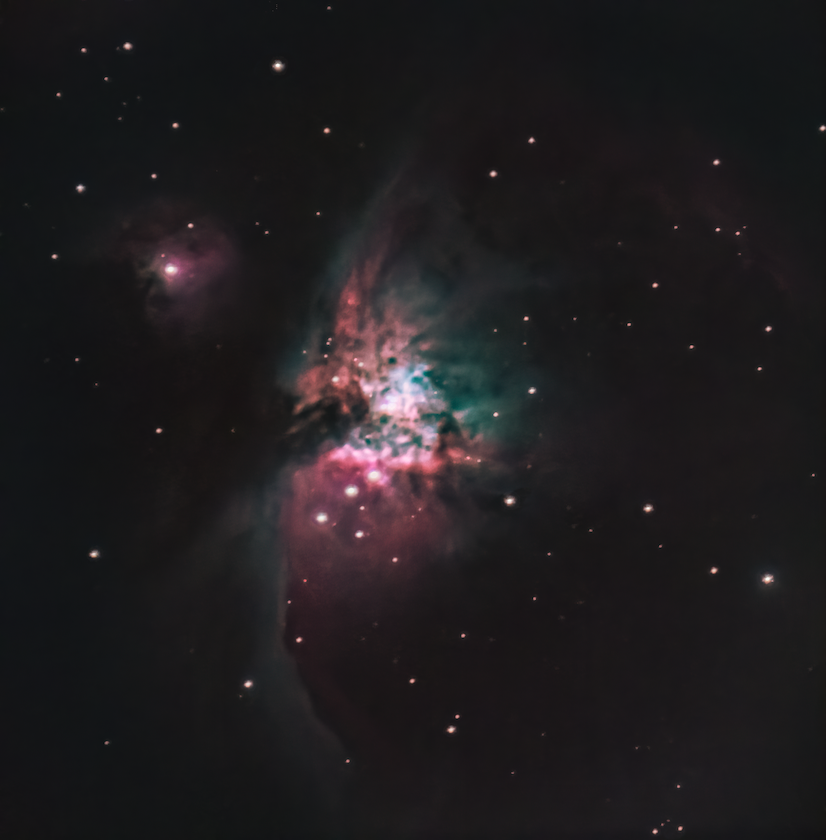
For the moment, Flavio's own concerns are less long term. As a dedicated member of Mr Murray's Sixth Form CanSat team, he is hoping to make his first mark on the rocket science front by designing and engineering an ambitious mini-satellite for next year's UK CanSat competition. After that, the plan is to apply for a place on an Aerospace Engineering course either at the university of Delft or Cambridge and then to work at the European Space Agency or at an independent space flight 'start up' company. 'My dream is to design and build rockets,' he says simply. 'That's what defines me.'
